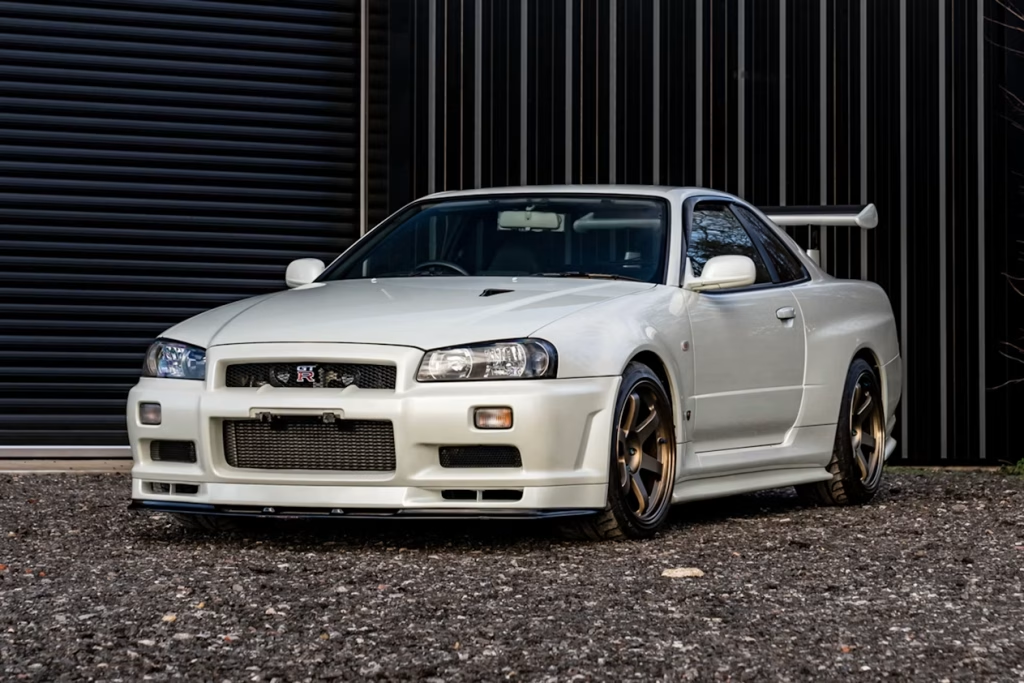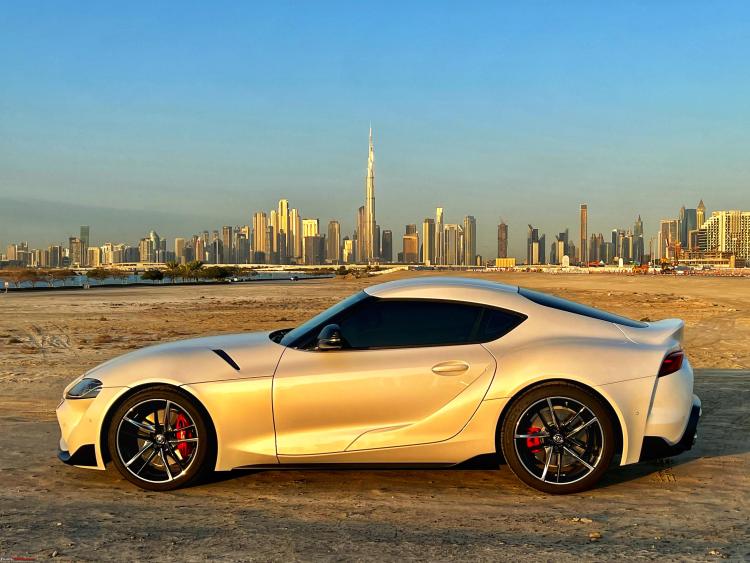The world of JDM (Japanese Domestic Market) cars has left an indelible mark on the global automotive landscape, especially within the tuner and custom car community. Over the years, some cars have achieved legendary status, inspiring countless enthusiasts to modify, customize, and race. Two of the most iconic models in JDM history, the Nissan Skyline GT-R R34 and the Toyota Supra Mk4, have become symbols of performance and precision.
Today, their modern counterparts, the Nissan GT-R and Toyota GR Supra, carry on the legacy, but how do they stack up? Let’s dive into the evolution of these JDM legends.
Nissan Skyline GT-R R34 vs. Nissan GT-R (R35)

The Nissan Skyline GT-R R34, released in 1999, is widely regarded as a masterpiece of engineering and design. With its RB26DETT 2.6L twin-turbocharged inline-six engine, the R34 generated 276 horsepower, though enthusiasts often noted that its real output was closer to 320 hp. The R34 was known for its superior handling and groundbreaking all-wheel-drive system, ATTESA E-TS, which offered an unparalleled driving experience on the road and track.
Fast forward to 2007, and Nissan introduced the GT-R R35. No longer part of the Skyline family, the GT-R evolved into a supercar killer with a VR38DETT 3.8L twin-turbocharged V6, pumping out 565 horsepower in its base form. The GT-R R35 retained the all-wheel-drive system but enhanced its capabilities with advanced electronics, including a dual-clutch transmission and more sophisticated handling systems.
Despite their technological advancements, purists often argue that the R34 offers a raw, more connected driving experience, while the R35 focuses on sheer speed and efficiency. The R34 is revered for its place in tuner culture, partly due to its accessibility for modifications, while the R35, although more powerful, is often viewed as less customizable due to its complex electronics.
Toyota Supra Mk4 vs. Toyota GR Supra

The Toyota Supra Mk4, produced from 1993 to 2002, became a global icon, especially after its starring role in The Fast and the Furious franchise. Its 2JZ-GTE 3.0L inline-six engine with twin turbos is legendary for its ability to handle massive power upgrades. The Supra Mk4 originally produced around 276 horsepower, but with simple mods, it could easily surpass 1,000 hp—earning it a reputation as a tuner’s dream.
In 2020, Toyota resurrected the Supra name with the GR Supra, a model co-developed with BMW. The new GR Supra comes equipped with a BMW-sourced B58 3.0L turbocharged inline-six, producing 382 horsepower. While it offers modern handling, superior interior technology, and an aggressive design, the GR Supra has faced criticism for lacking the visceral feel and tuning potential of the Mk4.
For purists, the Mk4’s 2JZ engine remains the gold standard for power and customization, while the GR Supra offers a refined, balanced experience more suited to everyday driving. The new model’s compact size and advanced electronics make it a formidable sports car, but its relationship with BMW has left some fans longing for the old Toyota-made powerhouse.
Impact on the Tuner Scene
Both the Nissan GT-R and Toyota Supra, past and present, have made significant contributions to the tuner scene. The R34 and Mk4 Supra became icons due to their tunability and performance potential. Their engines are famous for handling modifications that can push them to supercar levels of speed and power, often seen on drag strips, racetracks, and even in street racing circles.
However, with the rise of modern technology, today’s tuners face new challenges. The Nissan GT-R R35’s highly sophisticated electronics and the GR Supra’s partnership with BMW have created obstacles for those looking to heavily modify their cars. While modern tools and software can adjust parameters and unlock potential, they also add complexity, making it harder for average enthusiasts to customize their vehicles compared to the older, simpler R34 and Mk4.
The evolution of JDM legends like the Nissan Skyline GT-R and Toyota Supra represents a shift in car culture. From the raw, mechanical nature of the R34 and Mk4 to the technological precision of the R35 and GR Supra, each generation brings something unique to the table.
The past will always hold a special place for purists, while the future continues to push the boundaries of speed, performance, and innovation. Whether you’re a fan of the classics or the modern marvels, one thing is certain—JDM cars will always remain at the heart of the tuner and custom car scene.

